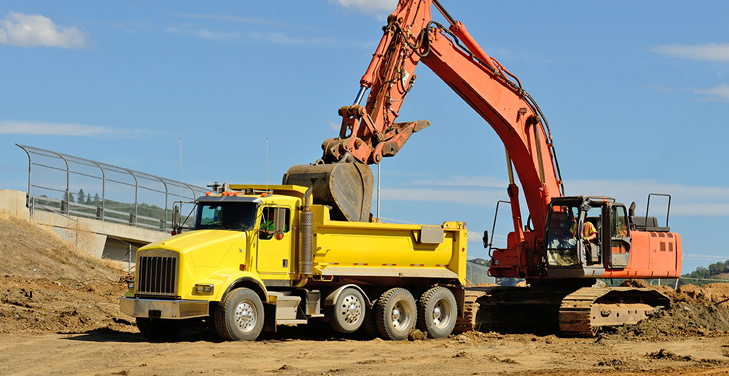The Most Important Factors to Consider When Building a Farm Pond

Taking the time to plan out a project can save you a lot of frustration, time and money down the road. Building a farm pond is no different. It’s tempting to think that building a pond is as simple as digging a big pit in the ground and filling it with water, but there’s more to take into account for the best results possible.
Here are the most important things to consider when building a farm pond.
- The purpose of the pond.
What is your primary reason for digging a pond? Is it purely for aesthetics? Will it serve as a water source for your livestock? Do you want to stock it with fish that you can later catch? Will anyone be using it for swimming?
The answers to all of these questions will determine how large and how deep the pond should be. For example, a fishing pond should have a depth of at least 3 feet (including at the banks of the pond) in order to avoid accumulations of vegetation, although 6 to 8 feet is ideal for fishing ponds.
Ponds for livestock should have graded banks that will allow the animals to safely reach the water. If the pond has steep sides, the livestock may not be able to safely take a drink when the water levels drop.
On the other hand, a pond that is purely for decorative purposes is quite versatile. You may want to enjoy aquatic plants such as lilies, so shallow water may be the ideal choice.
- The local watershed.
If you own a large piece of land, you may feel like the size of your pond is limited only by the boundaries of your property. However tempting it may be, you can’t build a giant lake, though. The watershed of the surrounding area has to be considered.
The watershed is an area in which all of the water eventually drains to a common source. One way that your pond will be continuously renewed with fresh water is by locating it strategically within the watershed so that rainfall runoff drains into the pond.
The general rule of thumb is to have at least 5 acres of watershed for every 1 acre of the pond’s surface area, but sometimes that is not enough. So although you might dream of an expansive 5 acre pond stretching across your property, if the watershed can’t sustain a pond of that size, you’re better off with a smaller pond. Otherwise, you’ll end up with an unsightly crater in the ground.
- The type of dirt you’re digging into.
A good clay-based soil is ideal for retaining water over long periods of time. However, if the area is composed of nothing but porous, well-draining soil, the situation isn’t completely hopeless. There are ways to engineer a leak-free pond. Interventions like bentonite cutoff walls or PVC liners are more expensive but will ensure that you actually have a pond, not a mud pit. If you’re not sure what type of soil you have, have it examined by experts before you call in any work crews or look for an estimate. It will prevent headaches down the road.
- Proximity to pollution.
Be mindful of any nearby pollution sources that could potentially contaminate your farm pond. Avoid chemical or oil spills at all costs, as these can be deadly to fish in the pond and even to livestock and wildlife that drink from it. And you’d never want your kids to swim in a pond contaminated by chemical run-off. Play it safe and don’t build a pond where there is any doubt of pollution.
- The local climate.
If you live in a very hot climate, such as the groggy, humid summers of Houston, the pond water may evaporate quite quickly. This can be counteracted to some extent by adjusting the surface area and depth of the pond. Since evaporation can sometimes occur at a rate of 1 inch per day or more, you’ll lose much less water if the pond is deep but has a small surface area.
Do you have a good idea now of where to build your farm pond? Give us a call and we’ll help you do the digging!
Join our newsletter
Subscribe to our weekly newsletter chalked full of useful tips, techniques, and design goodies.

